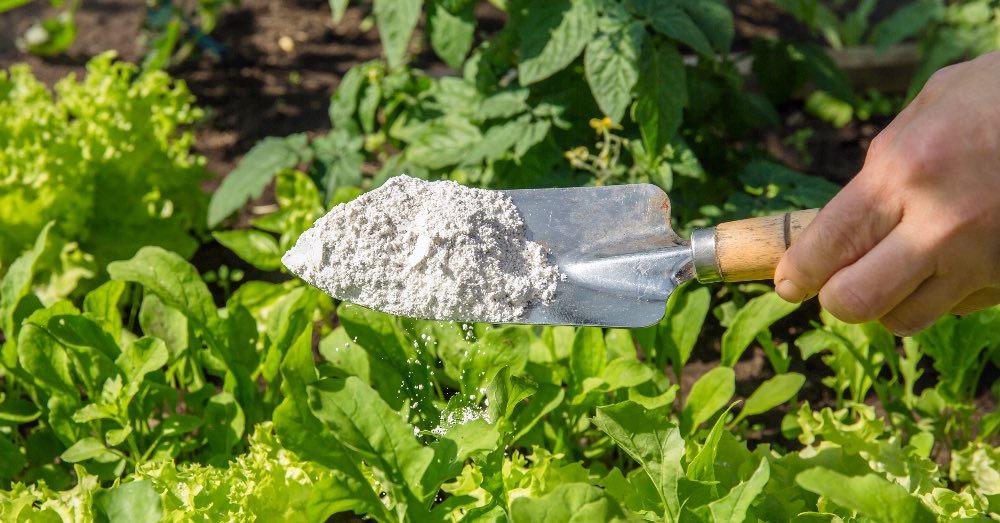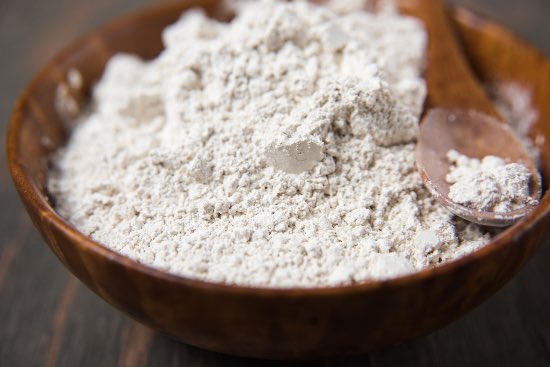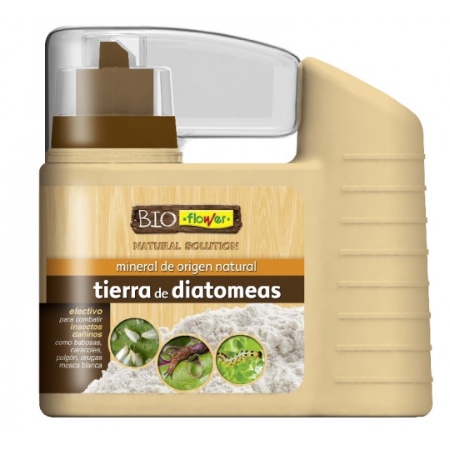Uses of diatomaceous earth: what is it and what is it for?


It is one of those plant treatments that, despite being popular among gardening lovers, we are not always clear about what they consist of. In this case, not only what it is generates doubts: it makes it even more important to know in depth the uses of diatomaceous earth. One of those products that seem to apply for everything in the garden and that, however, we do not know in detail despite being extremely beneficial for our plants.
In just a decade, it has become a true ally of both agriculture and gardening. And it’s not just because the uses for diatomaceous earth are varied. It also responds to the fact that it is completely natural and biodegradable. Something that makes it ideal for organic farming practices, to reduce our impact on the environment or, simply, if we want to enjoy a natural environment completely free of chemicals.
For all these reasons, let’s see in depth what this misnamed land is. And, what is more important, how can we make use of its virtues to enjoy our garden or our plants.
WHAT IS DIATOMACEOUS EARTH?
Although a priori we may think that it is one of the substrates used in gardening, nothing is further from the truth. Diatoms are unicellular and microscopic algae with a fundamental weight in ecosystems. They are not only one of the main food sources for many marine animals, but they are also a bio-indicator of the health of a certain sea or ocean. Present on our planet since the dawn of the Jurassic, it is precisely the fossilized remains of these microorganisms that make up diatomaceous earth.

One of the main characteristics of these microscopic algae is that, in their fossil state, they have a silica coating on their exoskeleton. When the evolution of our planet caused the disappearance of seas, oceans and rivers; these micro algae settled in what were the bottoms until then. Following a natural process, they became fossils that continued to accumulate mineral on them, even when the earth covered them and relegated them to lower layers of the surface.
Today, diatoms can be found in places where thousands of years ago there was a sea, a lake or a river. Given their high mineral concentration, they have a white earthy appearance that gives them the name we know, even though they have a texture similar to talcum powder.
USES OF DIATOMACEOUS EARTH: WHAT IT IS FOR
Just as important as knowing what we have on our hands is understanding the uses of diatomaceous earth. An extremely versatile natural product that has different applications with regard to the garden or the orchard.
And we insist on its natural nature, because the fact that it does not have chemicals or toxins postulates it as a true ally, whether we consider how to start an urban garden or if we want to make use of its advantages, simply, in the cultivation of our plants.
1. Natural and effective insecticide, its main use
It is, without a doubt, its main use. This silica-coated exoskeleton is perfect for eliminating garden pests naturally and avoiding the use of toxins. The high percentage of minerals dehydrates insects that come into contact with diatomaceous earth more effectively than other ecological or chemical insecticides. For this reason, it is not only perfect for fighting enemies such as mealybugs or whiteflies: it can also be used against spiders.

Due to its natural character, its use is recommended for both indoor and outdoor plants. And a couple of other details: not only does it not generate resistance in insects, but it can also be applied preventively to avoid the appearance of pests.
2. Complete and ecological fertilizer, other than diatomaceous earth
Although it is not the main use of diatomaceous earth, it is important to know that it is a product rich in beneficial minerals for the soil and crops. Although calcium and silicon are the main ones, it contains others of great interest such as magnesium or potassium.
In addition to providing micronutrients, diatomaceous earth has many other advantages as a substitute for other types of manures and fertilizers: it favors the absorption of macronutrients, improves soil aeration, water retention or the spongy character that plants need to keep them healthy. its roots.
And knowing all this, who can resist the uses of diatomaceous earth? It is simply impossible!

![Photo of Indoor Bonsai: [Characteristics, Varieties, Care and Irrigation]](https://www.complete-gardening.com/wp-content/uploads/2022/08/indoor-bonsai-characteristics-varieties-care-and-irrigation-390x220.jpg)
![Photo of Grow Tradescantia (Brazilian Trunk) in your Garden: [Irrigation, Care, Pruning and Substrate]](https://www.complete-gardening.com/wp-content/uploads/2022/08/grow-tradescantia-brazilian-trunk-in-your-garden-irrigation-care-pruning-and-substrate-390x220.jpg)
![Photo of Mango Care: [Soil, Humidity, Pruning and Problems]](https://www.complete-gardening.com/wp-content/uploads/2022/08/mango-care-soil-humidity-pruning-and-problems-390x220.jpg)